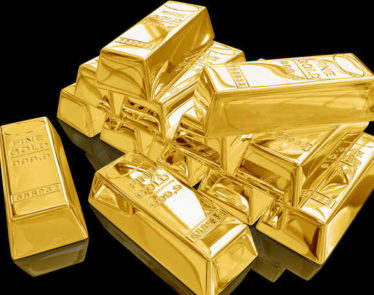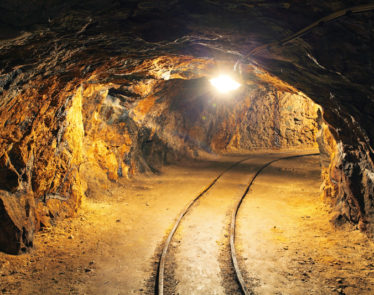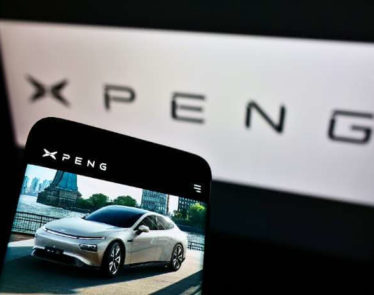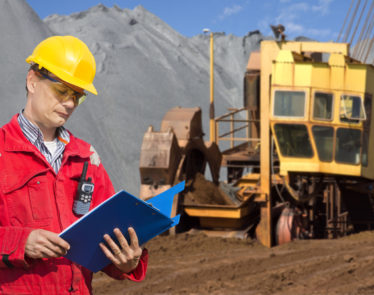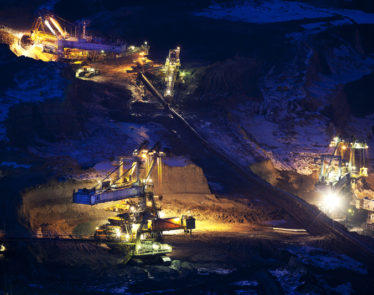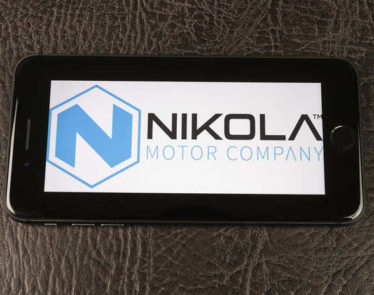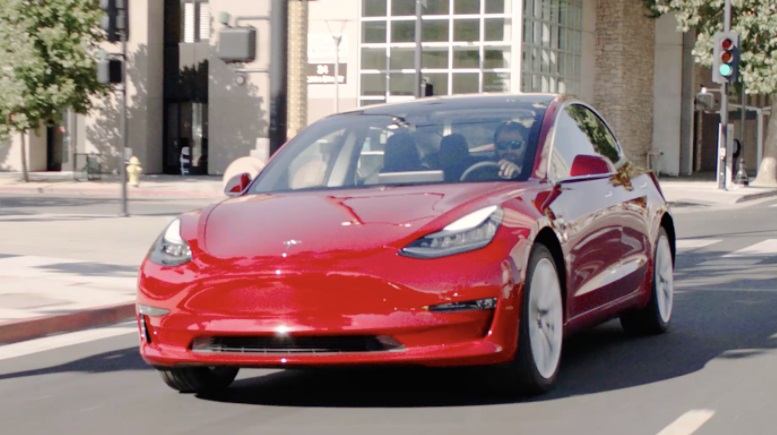
Currently, the battery industry accounts for 42% of the demand for the global supply of cobalt. This is because cobalt has become essential in the production of lithium-ion cells. The remaining 58% of cobalt demand is made by a wide-range of industries — from military application to chemistry labs.
Cobalt prices is typically pretty high when compared to other metals, as 97% of the world’s cobalt is produced as a byproduct of nickel or copper mining. Even more troubling is the fact that over half of the world’s cobalt production comes from the Democratic Republic of Congo (DRC). The DRC makes the supply chain for cobalt a precarious one as the country is highly unstable politically, economically, and socially. A lot of cobalt mining in the DRC are said to be done in unsafe conditions and/or by child labourers.
As such, Tesla (NASDAQ:$TSLA) has said that the cobalt company requires for its electric vehicles to be sourced exclusively in North America. However, with the majority of cobalt coming from the DRC and Tesla’s ambitious Model 3 production plans, this doesn’t seem plausible.
China is Upping Its Cobalt Supply
The Tenke Fungurume mine, located in the Katanga province of the DRC, is currently one of the world’s biggest cobalt resources. Phoenix, Arizona-based mining company Freeport-McMoRan Inc. (NYSE: FCX) originally held 56% ownership of the mine, while Toronto-based mining company Lundin Mining (OTCPK: LUNMF) held 24% ownership. The rest of the 20% ownership is held by the Congolese state mining company, Gecamines. However, ownership changed drastically last year.
In May of 2016, mining company China Molybdenum (SHA: 603993) acquired Freeport’s 56% ownership of the Tenke Fungurume mine for US$2.65 billion. Following China Molybdenum’s acquisition, Lundin Mining announced in November that it was selling its 24% ownership of the Tenke Fungurume mine to a partner of BHR Partners, a private-equity firm in China, for US$1.14 billion.
Besides acquiring Freeport’s stake of the Tenke Fungurume mine, China Molybdenum also bought 100% interest of Freeport’s Kisanfu exploration project located in the DRC as well as 56% ownership of the Kokkola refinery located in Finland.
With so many China-based companies buying off cobalt mining stakes from western operators, it is pretty clear that China is looking to grow its cobalt supply with more exploration in order to add on to its already-existing cobalt productions in the DRC — as seen by Zhejian Hayou Cobalt (SHA: 603779).
Additionally, Albert Yuma Mulimbi, the head of Gecamines, told the Financial Times in November that he had been unhappy with the partnerships with Freeport and Lundin. Mulimbi claims that Freeport in particular had failed to bring dividends to Gecamines. With China Molybdenum’s newly acquired ownership at the Tenke Fungurume mine, Mulimbi is hopeful to model it based on Gecamines’ partnership with China Nonferrous Metal Mining, where Gecamines has a 49% stake.
Cobalt Supply/Demand
With nickel and copper prices falling and cobalt being a byproduct of nickel and copper mining, cobalt supply is increasing in its scarcity. Additionally, as mentioned previously, cobalt mining in the DRC — where more than half of the world’s cobalt supply is produced from — is precarious and problematic with claims of child labour and exploitation.
While cobalt mines that produces 100% pure cobalt are likely to pop up in places that aren’t the DRC (LiCo is currently developing a project in Ontario) with rising cobalt prices and demand, exploration, licensing, and development of mines typically take quite some time and needs billions of dollars in investments.
Regarding demand, the Cobalt Development Institute (CDI) reports that around 58% of the global supply of cobalt is used in a variety of industries. In particular, cobalt applications in these industries (industrial, military, etc) rely exclusively on the metal. As such, companies in these industries pay for cobalt regardless of the price of the metal, as it is essential to their productions. This means trouble for lithium-ion battery producers — even with rising prices, they cannot take away cobalt from these companies as the metal is absolutely essential.
“The electric vehicle revolution is happening and its impact is likely to be felt faster than expected,” Ivan Glasenberg, CEO of Glencore Plc (LON: GLEN) told investors at an industry conference in Barcelona May 16. He said that as governments start to incorporate tighter emissions targets into policy, almost all automakers are boosting investment in electric vehicles.
According to Glencore, The battery in an electric car requires about 38 kg of copper, 11 kg of cobalt, and 11 kg of nickel. Glasenberg said that along with maganese, those metals will benefit as more demand for electric cars increases.
Besides Tesla, many automobile companies are moving to electric and/or hybrid vehicles — sales of these vehicles in Europe increased by 36% in the first quarter of 2017. Volkswagen AG (ETR: VOW3) has tripled its funding of alternative engine development to 9 billion euros for the next five years, while Daimler AG (ETR: DAI) has increased its funding to 10 billion euros.
Applying the very basics of economics, rising demand and shortages of supply means that rising prices is inevitable. And as the Paris Climate Agreement puts pressure on car companies to develop cleaner vehicles, automakers like Volkswagen and Toyota are adapting to the battery-powered vehicle market to try and push for cleaner cars.
Source: Bloomberg.com
What Does This Mean for Tesla?
CEO and co-founder of Tesla Elon Musk has set an ambitious goal for the company to produce 500,000 electric vehicles annually by 2018. Furthermore, the company has been adamant about sourcing its cobalt from North America exclusively. However, the numbers just don’t match up realistically.
In 2015, the United States Geological Survey (USGS) reported that global cobalt production was only 124,000 metric tonnes. Canada and U.S. combined only made up about 4% of this number — hardly enough cobalt to meet the demand for the Model 3 production. According to InvestorIntel, to produce 500,000 Model 3’s, approximately 7,800 tonnes of cobalt — or about 6% of the annual global cobalt production — will be needed.
Tesla has also been reportedly having difficulties settling off-take agreements with current major mining companies and mineral suppliers. As a result, the company has been reaching out to work with junior miners.
Even junior miners aren’t the answer to Tesla’s problems.Take Canadian mineral exploration and mining company eCobalt Solutions (formerly Formation Metals) (TSX: ECS) for example. The company currently holds primary ownership of an Idaho cobalt project. Production is expected to start in a year, and is by far the most advanced in the U.S. A projected two years will be needed until the mine starts producing in its full capacity. About 1,500 tonnes is expected to be produced annually over a 12.5 year lifetime once full capacity production begins — making up a mere 1% of global production. Compared to what Tesla needs for the Model 3, supply from North America exclusively just isn’t possible.
With weak sourcing and high demand, it looks as if Tesla is doomed. But, this might not be the case, as several solutions can be considered.
Different Battery Mix
Tesla has been using nickel-cobalt-aluminum-based (NCA) battery cells for its Model S vehicles. The NCA batteries are made by Panasonic (TYO: 6752). While the exact makeup of these batteries are unknown, typically a NCA battery needs about 0.22 kg/kWh of cobalt, according to John Peterson from InvestorIntel. Compared to the 0.36 kg/kWh for nickel-manganese-cobalt (NMC) batteries — used by other fellow electric vehicle producers — Tesla could manage better with rising cobalt prices if the company stuck with NCA batteries.
Substitute Cobalt for Something Else
All current high-energy batteries — NMC, NCA, and Lithium-ion (LCO) — all require cobalt, and so a complete shift would be near impossible, according to Battery University. However, recent efforts and research have gone into creating other battery chemistries that could provide the same energy-density without the use of cobalt, stated CRU (privately traded). According to Tesla’s chief technical officer (CTO) JB Straubel, Tesla has also been attempting to use nickel instead of cobalt in its batteries.
Nowadays, technology changes quite quickly. As such, a turnaround from cobalt-intensive high-energy batteries could be possible should a better battery technology be discovered. Attempts for substitution has so far ended in failure, however, and might not be the safest for anyone to rely on.
Rising Demand for Nickel
As previously mentioned, the majority of cobalt comes as a byproduct of nickel and copper mining. Peterson stated, “Every year, the world’s nickel miners sell $14.58 billion of nickel and $1.05 billion of cobalt, which means cobalt revenue represents 6.7% of their total revenue. It’s even worse with copper miners who sell $68.4 billion of copper and $0.92 billion of cobalt, which means cobalt revenue represents 1.3% of their total revenue.” These number are certainly a concern with dropping nickel and copper demand — many mines have cut off on production until further investments could be justified.
While it is well known that cobalt production will suffer thanks to its dependency on nickel and copper mining, the opposite can also be true. If demand grows for nickel and copper, cobalt production can thrive. The solution for the falling nickel and copper demand can very well lie in batteries. Typically, an NCA battery cell is made up of 80% nickel and only 15% cobalt. Increase production in NCA batteries can lead to increase in nickel demand and production, which can result in increase in cobalt production.
Identified Resources VS Reserves
While it may seem like it due to current concerns on supply deficit, cobalt isn’t short-supplied at all. In fact, cobalt resources that have been identified are much larger than existing reserves. “There seems to be enough known land sources of cobalt to last for at least 100 years and for many, many more years if speculative and hypothetical resources for deep sea, ocean floor resources are taken into account (about 120 million tonnes according to the USGS),” the CID stated.
Cobalt is not running out, the CDI explained. The availability of the metal and turning resources into reserves is dependent on a variety of factors, including accessibility, price, demand, technology development, and global economic growth.
Recycling Cobalt
Cobalt is fully recyclable — and since many of the metal’s uses does not consume it, cobalt is often recycled. Recycled cobalt makes up about 15% of the U.S. cobalt use.
Recycling cobalt is a great help when it comes to reducing some pressure off of finding new ways to get cobalt. However, the current process for recycling cobalt demands quite a lot of energy and work, and can definitely be improved.
Summary
Whether or not Tesla will be able to keep its promises of production or sourcing exclusively from North America remains to be seen. Many factors play into the current situation with cobalt. However, one thing is for sure: cobalt investors will surely gain some rewards.
Featured Image: Elektrek.co

